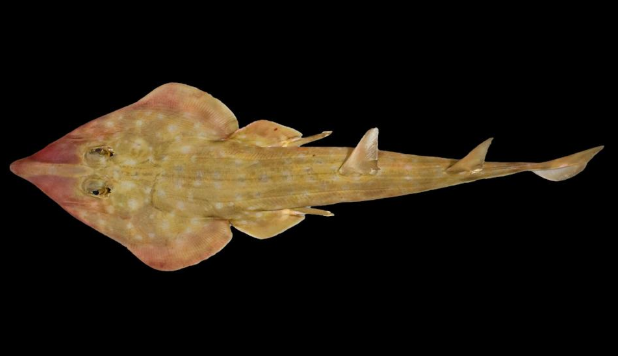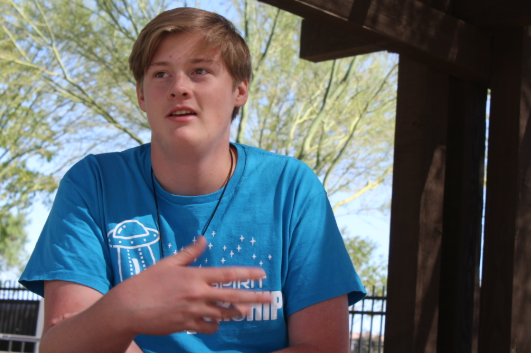The world of science has improved exponentially over the last few decades. From advancements in AI to genetic engineering, science has opened a gateway of possibilities into worlds of fiction.
Researchers at Rice University in Houston, Texas have developed a base-pair editor for DNA that could potentially prevent and cure many genetic diseases.
A DNA double helix takes on the shape of a twisted ladder, composed of nucleotide sequences that are referred to as base-pairs. There are four base pairs within DNA; Adenine (A), Thymine (T), Guanine (G), and Cytosine (C). Each base has an opposite base that it connects to. Adenine is connected to Thymine, and Guanine is connected to Cytosine.
A major cause of genetic disease arises from point mutations found in DNA sequences. A point mutation occurs when a singular nucleotide is disrupting the DNA’s sequence. It could be that the base is missing, a base has been added, or rather a base has been changed.
Over half of point mutation diseases occur when A – T base pairs are replaced by G – C base pairs. Such diseases include sickle cell anemia and potentially lupus.
The researchers at Rice University have created a new base-editor using CRISPR that allows for easier and more precise genome editing. This gene editor stays inactive until a certain binding molecule is added; compared to previous techniques which constantly are in an “on” state.
Further testing showed the gene-editor performed well on mice and human cell cultures. It also reduced the amount of errors performed on the genes not being targeted by 70% allowing for higher accuracy.
It’s important for students, as well as anyone else, to stay up to date with the latest scientific discoveries. The world is changing rapidly and it’s essential that we know what is happening in it.
“I believe that artificial intelligence and genetic engineering will have revolutionary impacts on the world,” Junior Val Aguiniga says, “with genetic engineering one day we might be able to enhance our own intelligence, speed, agility, and muscle recovery. The list really is endless.”






































